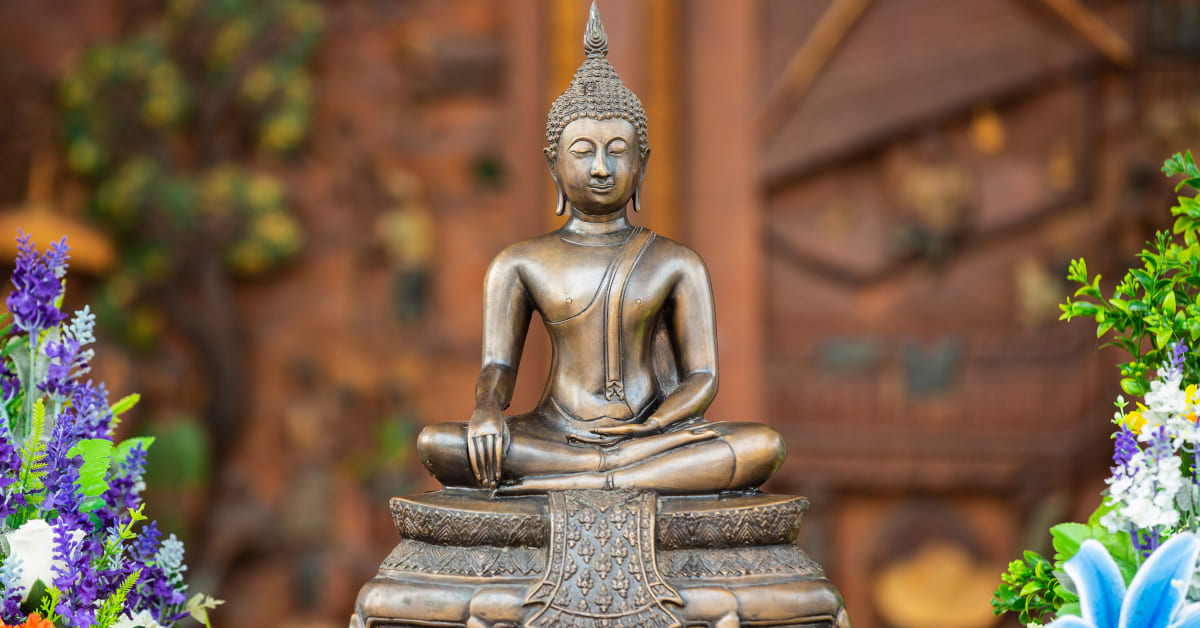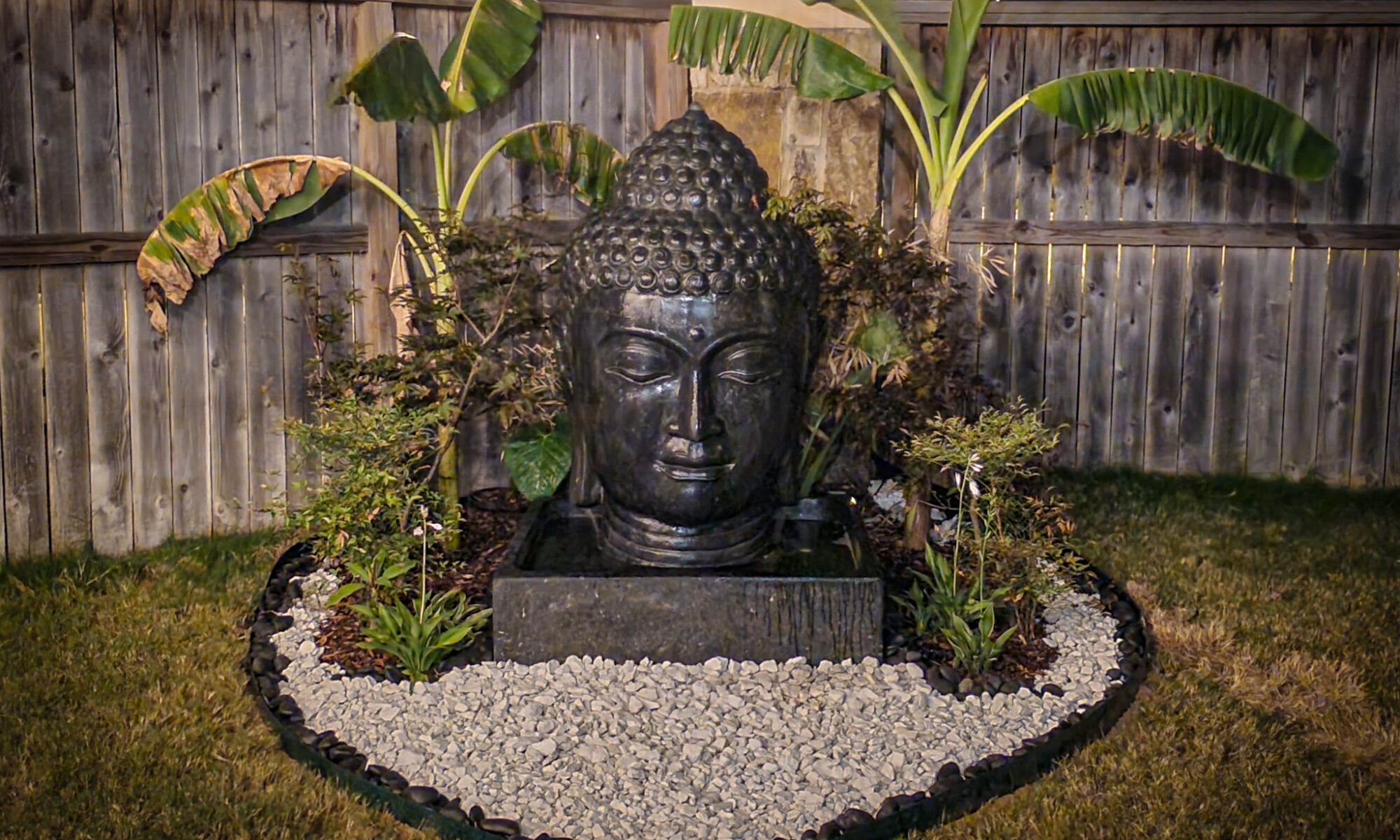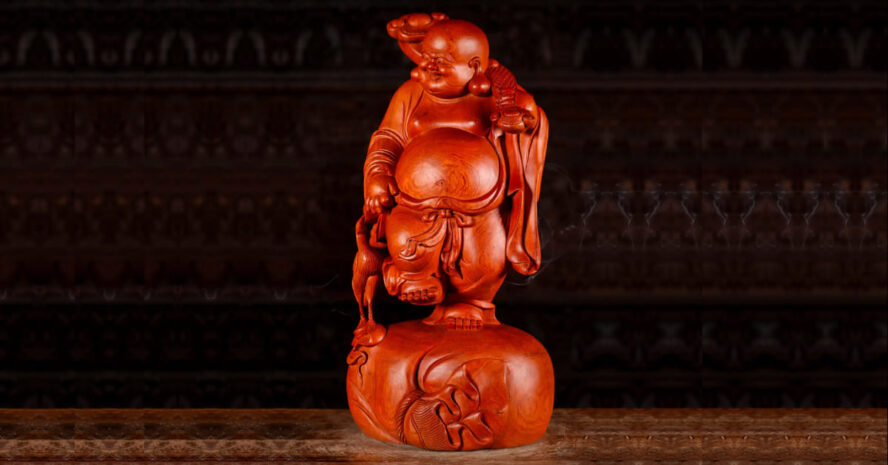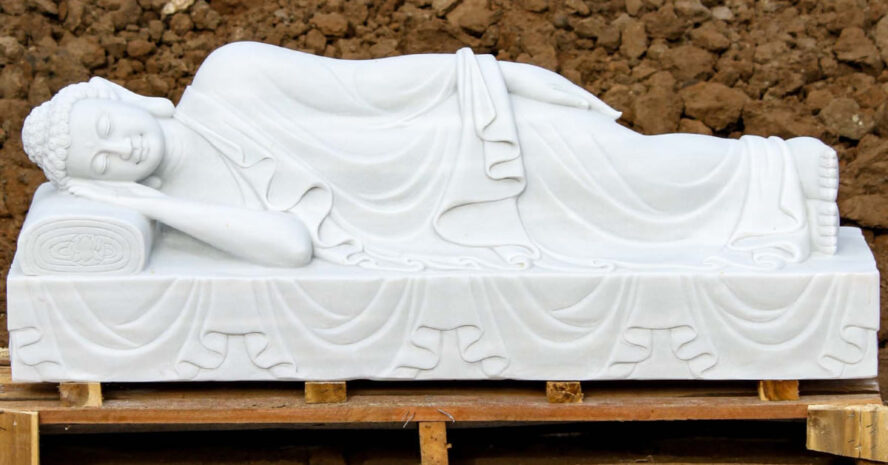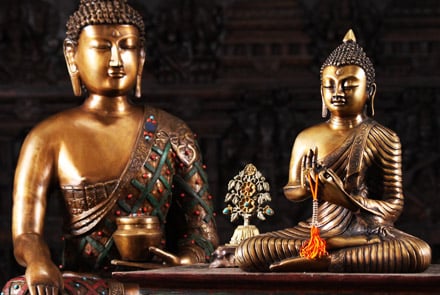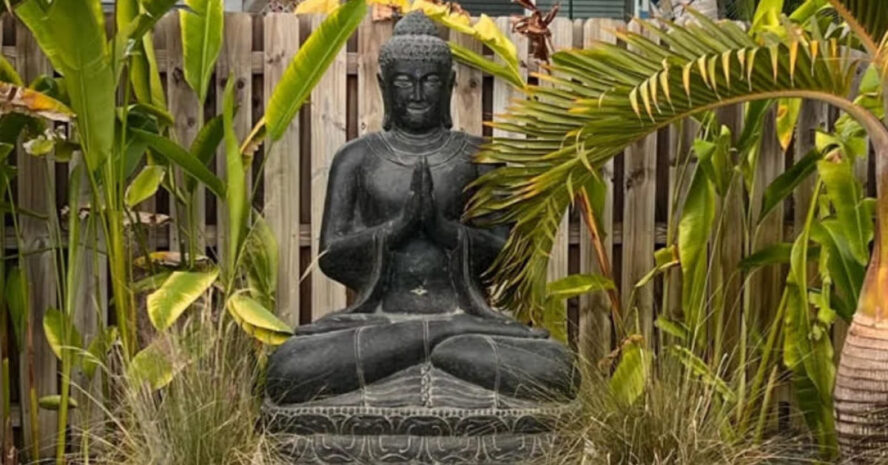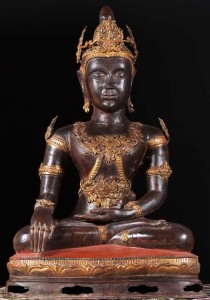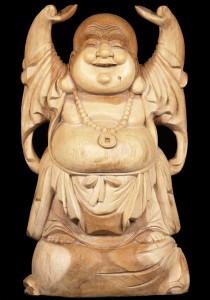Buddha statues have been a symbol of peace and enlightenment for centuries now. This is because these Buddha sculptures hold a special place in homes, gardens, and meditation spaces around the world. Whether you go for Thai Buddha statues, garden Buddha statues, wood Buddha statues, marble Buddha statues, bronze Buddhist statues, Indian brass Buddha statues, Kwan Yin statues or any Buddhist statues. Each piece is carefully crafted to bring beauty, spirituality, and meaning to your life.
This blog will typically explore why owning a Buddha statue can be a valuable addition to your space, along with the unique features of the statues we offer.
1. A Symbol of Peace and Harmony
Statues of Buddha are commonly linked with peace and harmony. The main reason behind this is that they can help you add a touch of tranquility to any home and also can make it seem like a haven. When installed inside homes or arranged in gardens, they tend to emit tranquility by giving the outside area of your house a very soothing ambiance. Moreover, people also decide to put garden Buddha statues to beautify the outdoors and be closer to nature.
Imagine you are walking into a garden that has a stunning bronze statue of the Buddhist god. Buddha’s kind and gentle facial complexion is a reminder to slow down and also encourages one to seize moments as and where they are. At Lotus Sculpture, we provide statuary that brings the spirit of tranquility into the living environment of every customer.
2. Support for Meditation Practices
Meditation is a very powerful practice if you want to have mental clarity and relaxation. Having a Buddha statue in the space where you meditate can basically help you focus and create a peaceful atmosphere. The calm expression and posture of Buddha inspire mindfulness. It also encourages deep breathing.
A wood Buddha statue, for example, can easily bring a natural and grounding element to your meditation area. The warm tones of the wood create a soothing vibe. Thus, this helps to make it easier to relax and concentrate. For a more elegant option, you can go for our marble Buddha statues. These statues basically help you add a touch of purity and simplicity to your sacred space.
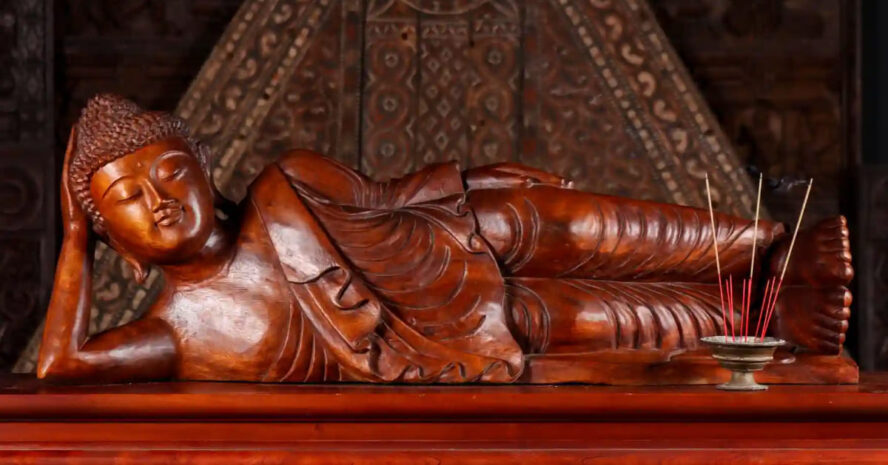
Plus, it is also believed that placing a Buddha statue at eye level during meditation can also help you stay centered. It serves as a gentle reminder to let go of distractions. Hence, it can help you relax and focus on inner peace.
3. Enhancing Your Home’s Aesthetic
The Buddha statues are not only symbols of spiritual images or visions. They are also excellent pieces of art. They are also useful in improving the look of any given room. Whether you prefer a traditional or modern look, there is a Buddha statue to match your style.
At Lotus Sculpture, we offer a diverse range of designs. Our Indian brass Buddha statues are perfect for those who appreciate traditional art. These statues feature intricate details and vibrant finishes. Thereby, making them elegant pieces in any home. Plus, if you prefer a minimalist style then you can go for our marble Buddha statues are an excellent choice.
4. Strengthening Spiritual Connections
To most people a statue of the Buddha gives direction. It acts as an important message to be kind, loving, and to be aware of what is happening in this world. Thus, having a Buddha statue in your home or an outside area of your house will make that specific space create an environment of spiritual development.
Our bronze icons of Buddhas are in greater Demand from the enthusiasts in spirituality. This is because bronze never goes out of fashion, and the calm expression on the face of the Buddha makes it look very inspiring.
For those who appreciate our products with the energy of the water element, we have created Kwan Yin statues. Kwan Yin is the bodhisattva of compassion and mercy in the Buddhist religious customs. These statues will be ideal for anyone who wishes to bring good values such as harmony and compassion into his/her life.
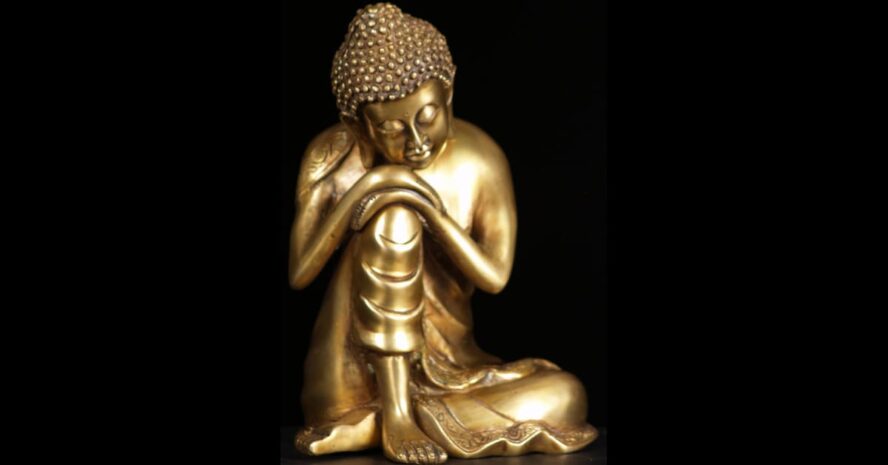
5. Perfect for Outdoor Spaces
Both interiors and exterior areas of homes are appropriate places to put Buddha sculptures. But, the most popular places are gardens. A garden Buddha statue will add a sort of spiritual feel to your garden and make it a place of relaxation. If the statue is placed surrounded by lush trees or bushes, flowers, or water fountains then it will create an environment that looks quite organic, and blessed.
At Lotus Sculpture we also have marble Buddha and bronze Buddhist statues which are ideal for use in the outdoors. These materials are not only durable to last through different weather changes but they will also bring elegance to your garden.
6. Bringing Good Luck and Positive Energy
In many cultures, a Buddha statue is believed to bring good luck and positive energy. It is seen as a source of blessings and protection. This means that placing a Buddha statue in your home or garden can create a positive atmosphere and attract prosperity. Our Kwan Yin statues which typically represent the goddess of compassion are very much popular with those who are out there seeking to enhance harmony and positivity in their lives.
7. A Meaningful Gift
A Buddha statue is an excellent thoughtful and meaningful gift. It can be gifted on occasions like housewarming, wedding, or birthday. Plus, it symbolizes that you are concerned with the well-being and sleep of that person. At Lotus Sculpture we have a range of specially designed gift pieces. For instance, an Indian brass Buddha statue would be the right one for an art lover. Moreover, if you want to gift a token of appreciation for a spiritual friend then you can gift a marble Buddha statue or Kwan Yin statue.
8. Timeless Beauty and Durability
Buddha statues are not mere beautification structures. These are classic timeless pieces and they will remain so forever and more. As these artifacts are made from metals, stones such as marble, and woods like olive wood they were designed for durability. So, the Buddha sculptures from Lotus Sculpture are an investment in beauty, culture, and spirit that will give long-term benefits.
Conclusion
A Buddha statue is much more than a decorative piece. It symbolizes peace, enhances spirituality, and brings beauty to your space. Whether you’re looking for a Thai Buddha statue, a garden Buddha statue, or an Indian brass Buddha statue, Lotus Sculpture has the perfect piece for you.
Explore our collection at Lotus Sculpture today. Bring peace, beauty, and positive energy to your home or garden with a perfect high-quality Buddha statue. Find the perfect piece to create your sanctuary and make your space truly special!

